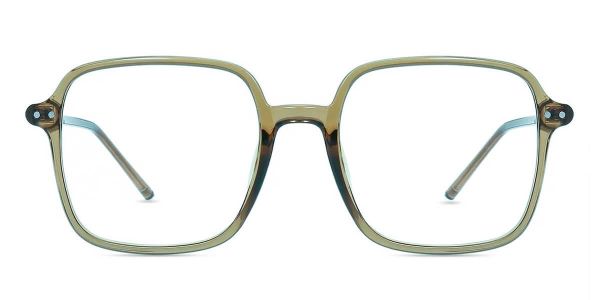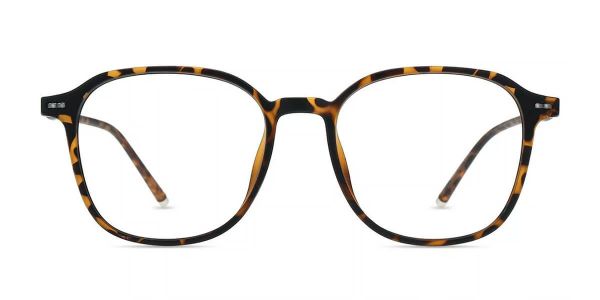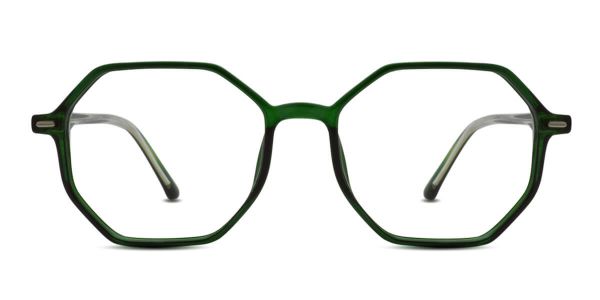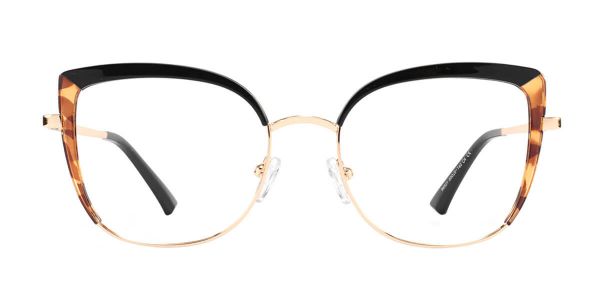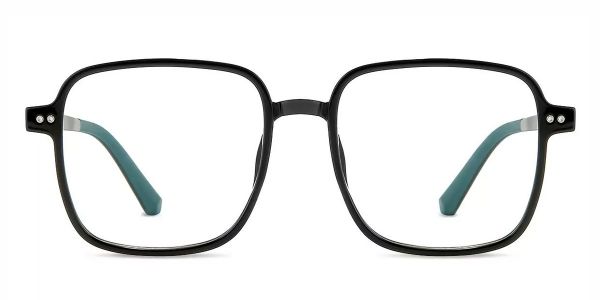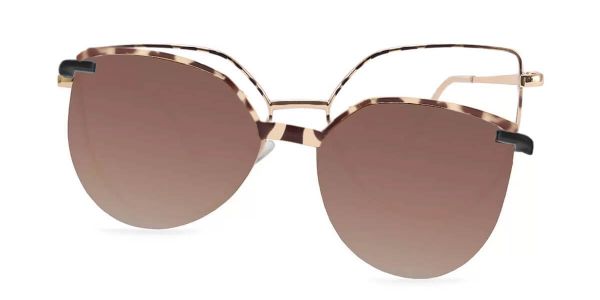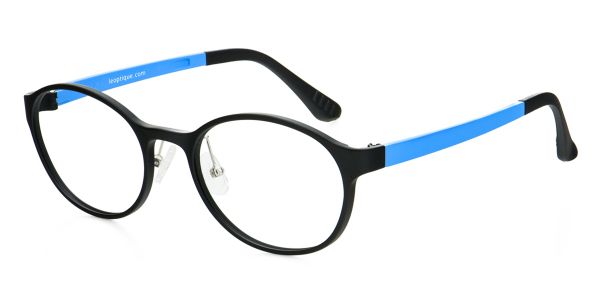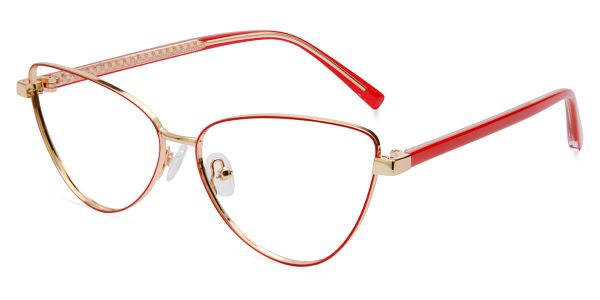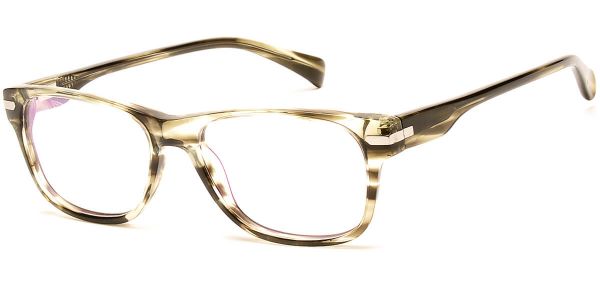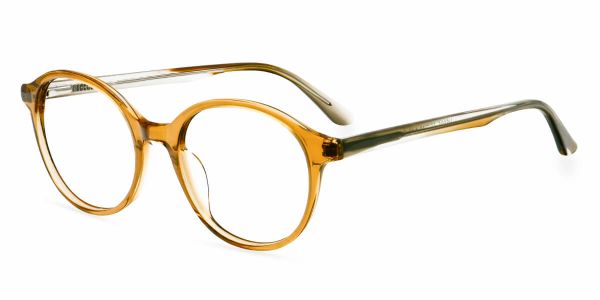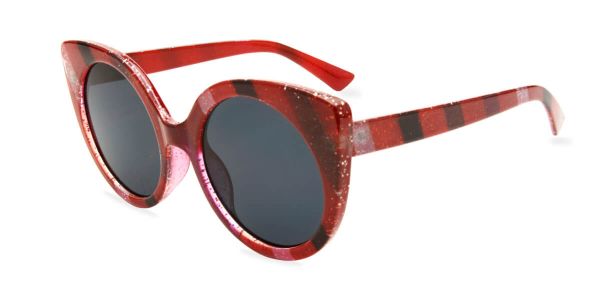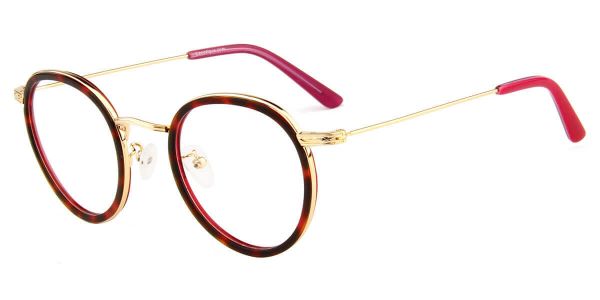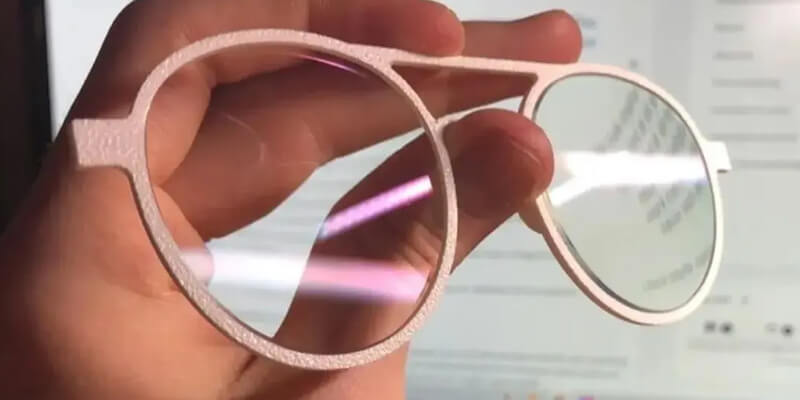
In recent years, the rapid advancement of 3D printing technology has ushered in a revolutionary transformation in various industries, and the eyewear sector is no exception. As 3D printing technology matures and becomes more widely adopted, the design, manufacturing, and customization of eyeglasses are undergoing unprecedented changes. Here is an exploration of the developments in 3D-printed eyewear.
1. Introduction
The swift progress of 3D printing technology presents unprecedented opportunities for innovation in the eyewear industry. Traditional methods of eyewear manufacturing face limitations and challenges that are effectively addressed by 3D printing, making eyeglass production more flexible, efficient, and personalized.
2. Enhanced Design Freedom
Traditional eyewear design is often constrained by manufacturing processes and materials. The advent of 3D printing allows designers greater freedom. With digital design software, designers can easily create unique and intricate eyewear structures, breaking free from the constraints imposed by traditional manufacturing methods.
3. Personalized Customization
A notable feature of 3D-printed eyewear is its potential for highly personalized customization. Users can tailor glasses to their facial features, aesthetic preferences, and visual needs. This level of customization not only improves comfort but also caters to consumers' desire for unique and individualized products.
4. Lightweight and Optimized Structures
Traditional eyewear manufacturing requires careful consideration of material strength and weight. 3D printing enables finer structures and lightweight designs. This not only enhances comfort but also adds a sense of fashion and technology to eyewear.
5. Rapid Prototyping
In the eyewear design and manufacturing process, rapid prototyping is crucial. Traditional methods may take significant time and costs for prototyping, whereas 3D printing allows quick prototyping, facilitating faster product iterations and innovation.
6. Sustainable Development
The manufacturing process of 3D-printed eyewear is more environmentally friendly compared to traditional methods. Precise control over material usage reduces waste, aligning with the principles of sustainable development and minimizing environmental impact.
7. Challenges and Prospects
Despite the numerous advantages of 3D-printed eyewear, challenges such as material selection, printing speed, and costs exist. Continued technological innovation is expected to overcome these challenges, opening up new possibilities for the industry.
In conclusion, 3D printing technology is profoundly transforming the landscape of the eyewear industry, offering new possibilities for design, manufacturing, and personalized customization. Looking ahead, as technology continues to advance, we can anticipate wider applications of 3D-printed eyewear in the market, providing consumers with a more diverse and personalized range of choices.

